Afghanistan-Pakistan Conflict
By Andrew Rose
America News World
October 17, 2025

In a stunning turn of events that has further inflamed tensions between nuclear-armed neighbors, Noor Wali Mehsud, the elusive emir of the Tehreek-e-Taliban Pakistan (TTP), has resurfaced alive in a defiant video message just days after a Pakistani airstrike targeted him in Kabul. 15 The October 9, 2025, attack—Pakistan’s boldest incursion into Afghan territory since the 2022 U.S. drone strike that killed al-Qaeda chief Ayman al-Zawahiri—ignited the most severe clashes in decades between Islamabad and Kabul, resulting in dozens of deaths and hundreds of injuries along the volatile Durand Line border.
Mehsud’s survival not only exposes flaws in Pakistan’s intelligence operations but also deepens the South Asian security crisis, raising fears of prolonged cross-border skirmishes and broader regional instability.
The Kabul Airstrike: A Miscalculated Strike
The operation unfolded late on October 9 in Kabul’s bustling Abdul Haq Square, where Pakistani jets reportedly unleashed precision-guided munitions on an armored Toyota Land Cruiser believed to carry Mehsud and senior TTP operatives.
Eyewitnesses described deafening explosions and the roar of aircraft overhead, shattering the Afghan capital’s fragile peace. 13 Pakistani security sources hailed it as a “warning shot” to the Afghan Taliban, whom Islamabad accuses of harboring TTP militants responsible for a surge in attacks on Pakistani soil.
The strike extended beyond Kabul, hitting alleged TTP hideouts in Khost, Jalalabad, and Paktika provinces, killing at least two high-ranking TTP figures and several civilians, according to Taliban reports.

Afghanistan’s Ministry of Defense swiftly condemned the raids as a “flagrant violation of sovereignty,” summoning Pakistan’s ambassador and vowing retaliation. What followed was a six-day barrage of artillery duels, drone strikes, and ground incursions along the 2,600-kilometer border, claiming over 50 lives and displacing thousands. A tenuous ceasefire, brokered through backchannel diplomacy involving China and Qatar, took hold mid-week, but experts warn it could unravel at any moment.
Pakistan’s military has neither confirmed nor denied the airstrikes, with spokesperson Ahmed Sharif Chaudhry maintaining a cryptic silence. 11 Privately, officials describe the operation as a desperate bid to curb TTP violence, which has intensified since the Afghan Taliban’s 2021 takeover, providing the group with safe havens and logistical support. 26 Kabul counters by accusing Islamabad of sheltering anti-Taliban militants, including Islamic State-Khorasan Province (ISKP) fighters—its arch-rivals—exacerbating the tit-for-tat blame game.
Mehsud’s Defiant Return: “Jihad Brings Freedom”
The fragile calm shattered on October 16 when TTP’s media arm, Umar Media, released a nearly eight-minute video showing Mehsud perched on a rocky hilltop in Pakistan’s Khyber district—not in Afghanistan, as Pakistani intelligence had claimed. 4 5 7 8 Dressed in traditional Pashtun attire, the 47-year-old cleric dismissed death rumors as “enemy propaganda” and proclaimed victory over the “infidels.”
Social media erupted with mockery toward Islamabad, with users highlighting the irony of bombing Kabul only for Mehsud to film from within Pakistan’s borders. “Mufti Noor Wali appears alive, exposing Pakistan’s fake ‘Kabul strike’ narrative,” tweeted journalist Aditya Narayan, amplifying global scrutiny.
“Jihad brings nations freedom and dignity; otherwise, they remain slaves,” Mehsud declared, his voice steady against the mountainous backdrop. 15 18 He vowed to continue the insurgency, framing it not as terrorism but as a righteous struggle against “corrupt rulers and their Western masters.” 15 The footage, verified by independent analysts, marks a humiliating blow to Pakistan’s Inter-Services Intelligence (ISI), which had staked its credibility on eliminating the TTP chief.
Who is Noor Wali Mehsud? From Scholar to Insurgent Mastermind
Born Mufti Noor Wali on June 26, 1978, in the rugged Machikhel village of South Waziristan—a Pashtun tribal heartland in Pakistan’s Khyber Pakhtunkhwa province—Mehsud embodies the fusion of religious fervor and militant nationalism that defines the TTP. 21 24 25 Trained in a madrassa as an Islamic jurist, he initially fought alongside the Afghan Taliban against the U.S.-backed Northern Alliance in the 1990s, honing his skills in asymmetric warfare.
Mehsud joined the TTP’s precursor, the Mehsud Taliban, in 2003, rising swiftly through its ranks. 23 By 2007, he served as a qazi (judge) in Baitullah Mehsud’s Sharia court, even jailing the group’s founder for three days over internal disputes. 21 From 2013 to 2015, he commanded TTP operations in Karachi, orchestrating extortion and kidnappings to fund the insurgency.
In June 2018, following U.S. drone strikes that felled three predecessors—including the notorious Maulana Fazlullah—Mehsud ascended as TTP emir, also known by his nom de guerre Abu Mansur Asim. 21 22 25 A prolific writer, he penned a 700-page manifesto linking Pashtun resistance to 19th-century anti-British uprisings, rebranding jihad as a quest for tribal dignity.
Under his stewardship, the TTP—once fractured by Pakistani military campaigns—has roared back to life. Mehsud unified splinter factions through diplomatic savvy, shifted tactics from civilian atrocities (like the 2014 Peshawar school massacre) to military targets, and exploited Afghan safe havens post-2021. The group now claims near-daily ambushes on army convoys, bombings of checkpoints, and assassinations of officials, bleeding Pakistan’s northwest and straining its resources. “He is the man who brought Pakistan to its knees,” a former security official told Reuters.
Designated a global terrorist by the UN Security Council, Mehsud’s ideological blend of theology and Pashtun nationalism has garnered reluctant sympathy in tribal areas, even as the TTP remains reviled nationwide. Independent expert Abdul Sayed notes his efforts to recast the TTP as a “Pashtun rights movement,” evading drones and raids for six years from hidden tribal belt lairs.
Broader Implications: A Powder Keg in South Asia
Mehsud’s evasion underscores Pakistan’s deepening security quagmire. With TTP attacks surging 60% in 2025, per local reports, Islamabad faces domestic backlash amid economic woes and political unrest. The failed strike has eroded trust in the military, fueling online derision and calls for accountability.
For Afghanistan, the raids killed over 23 civilians and wounded 400, per Taliban tallies, hardening Kabul’s stance and straining ties with regional powers like China, which urges dialogue for a “lasting truce.”Pakistan, meanwhile, eyes U.S. support under a potential Trump administration, even floating bizarre claims implicating India in the Taliban conflict—a deflection echoing old habits.
As the ceasefire holds tenuously, the world watches a volatile triangle: Pakistan’s desperation, Afghanistan’s defiance, and Mehsud’s unyielding jihad. Without addressing root causes—tribal grievances, porous borders, and Taliban complicity—the TTP’s ghost will haunt Islamabad, risking a wider conflagration in this geopolitically fraught corridor.
Discover more from AMERICA NEWS WORLD
Subscribe to get the latest posts sent to your email.
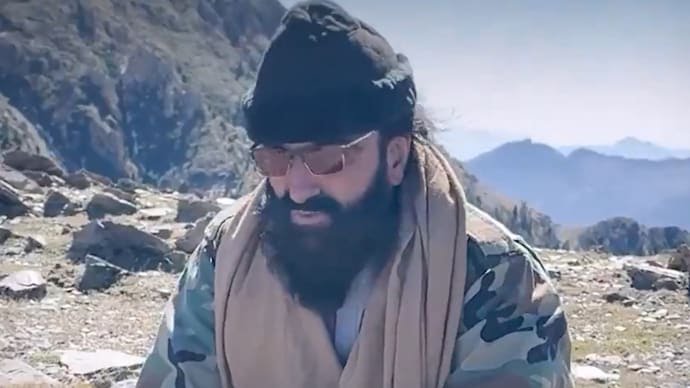
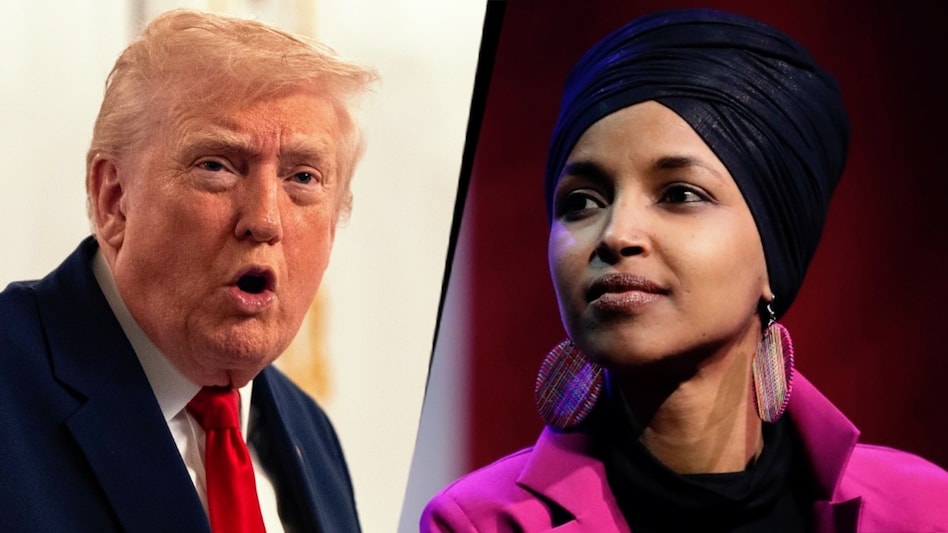
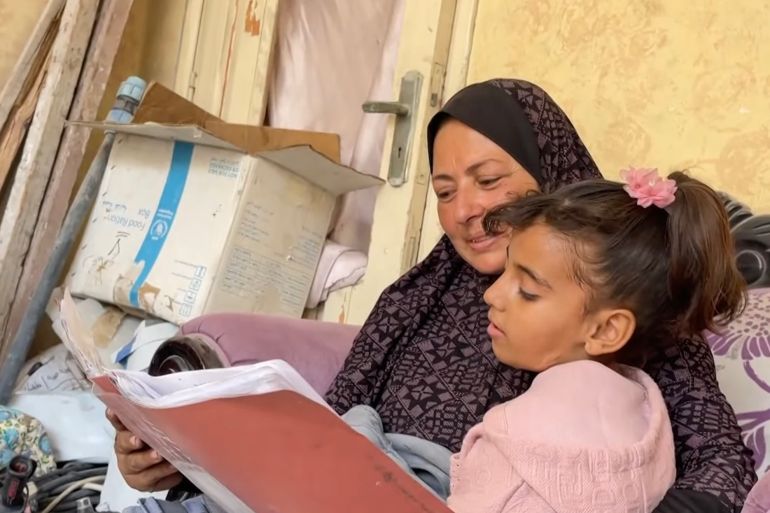
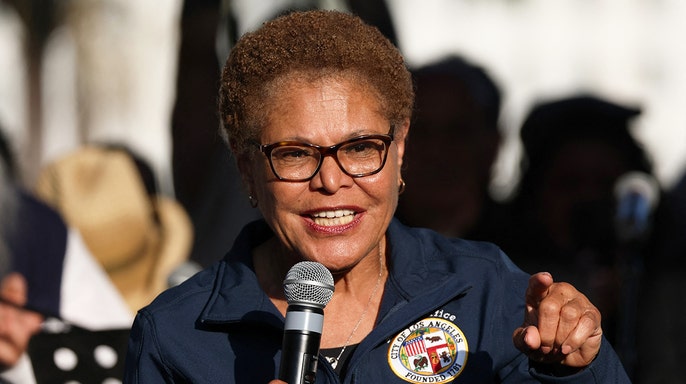
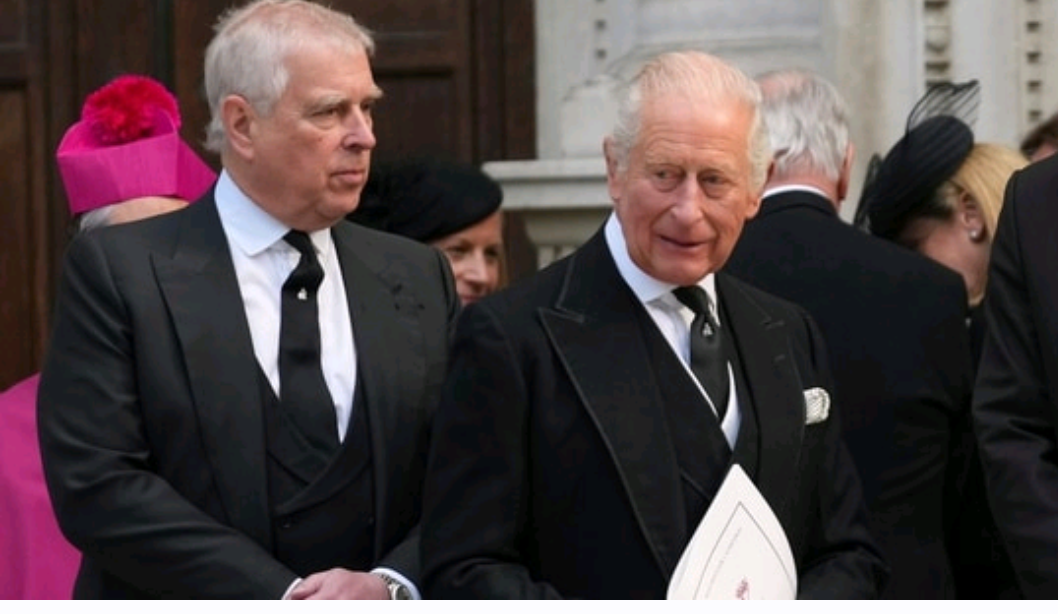
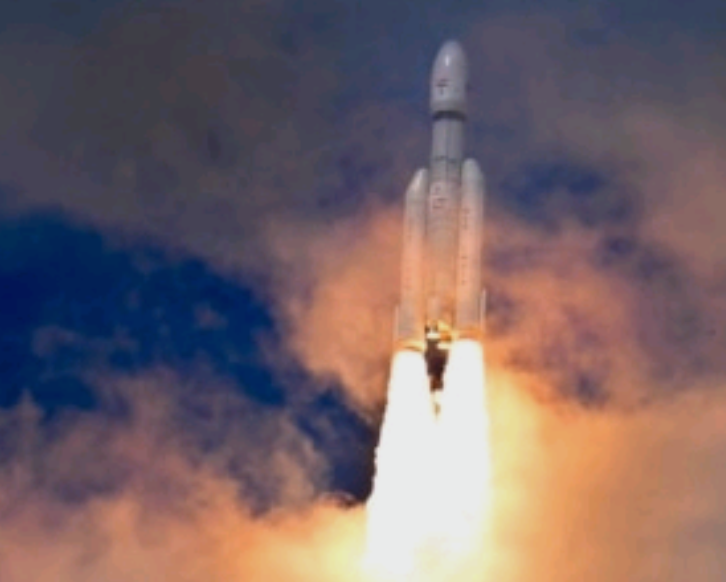


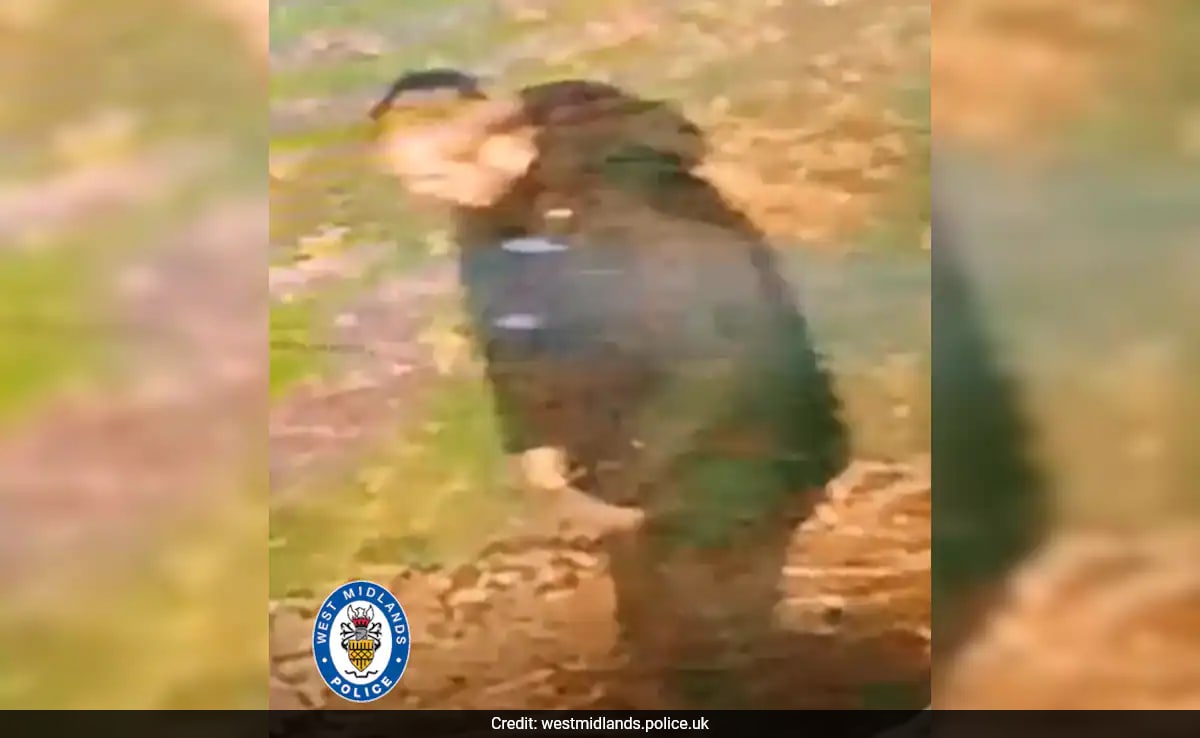
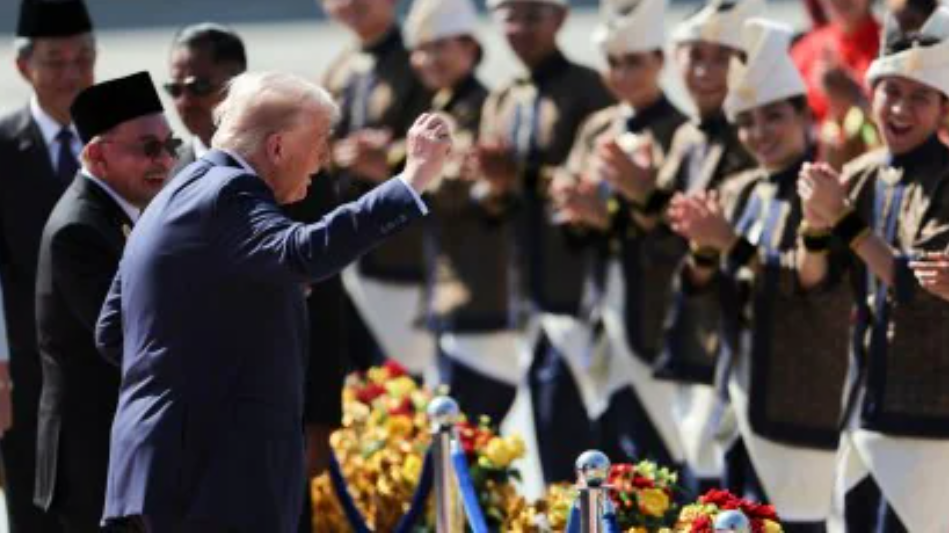
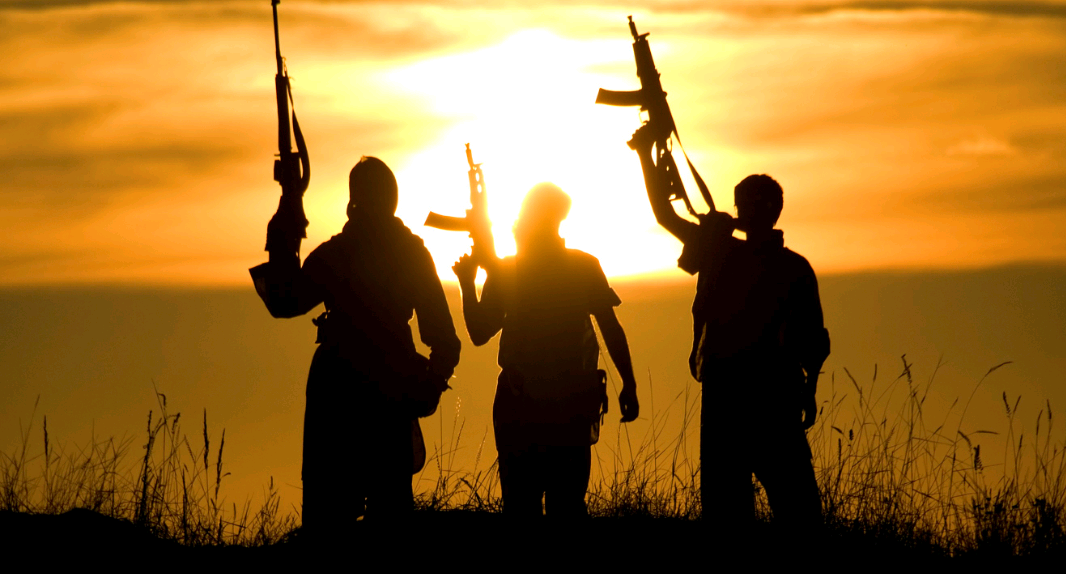
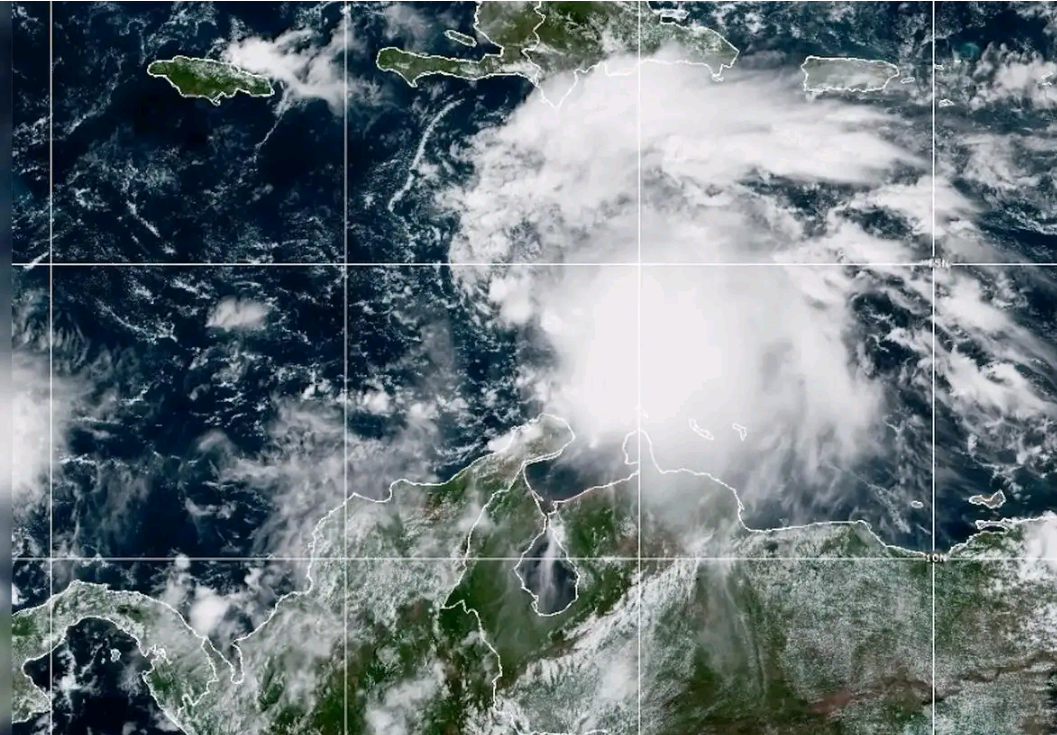


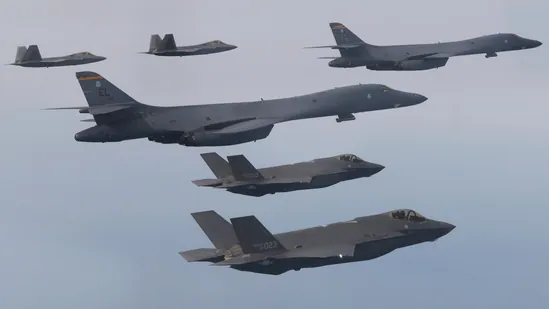
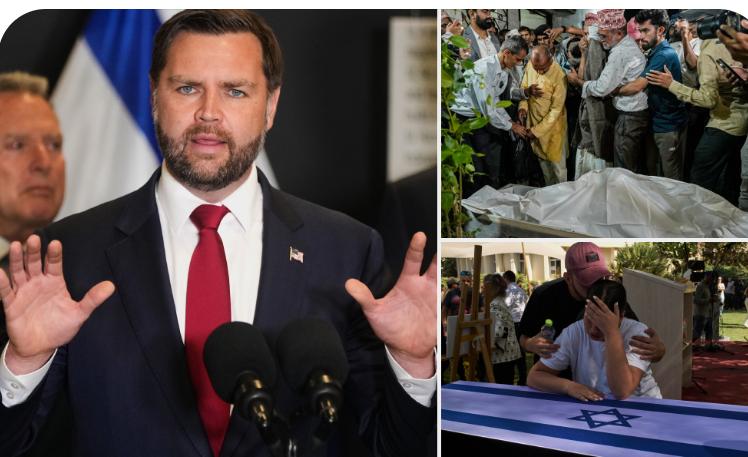


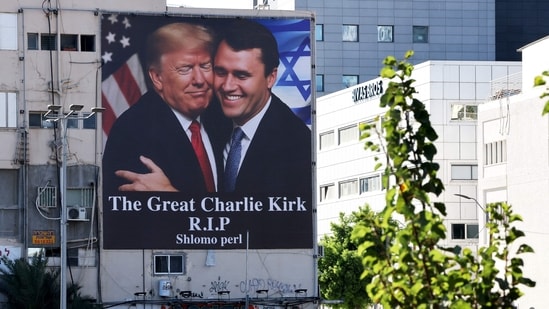

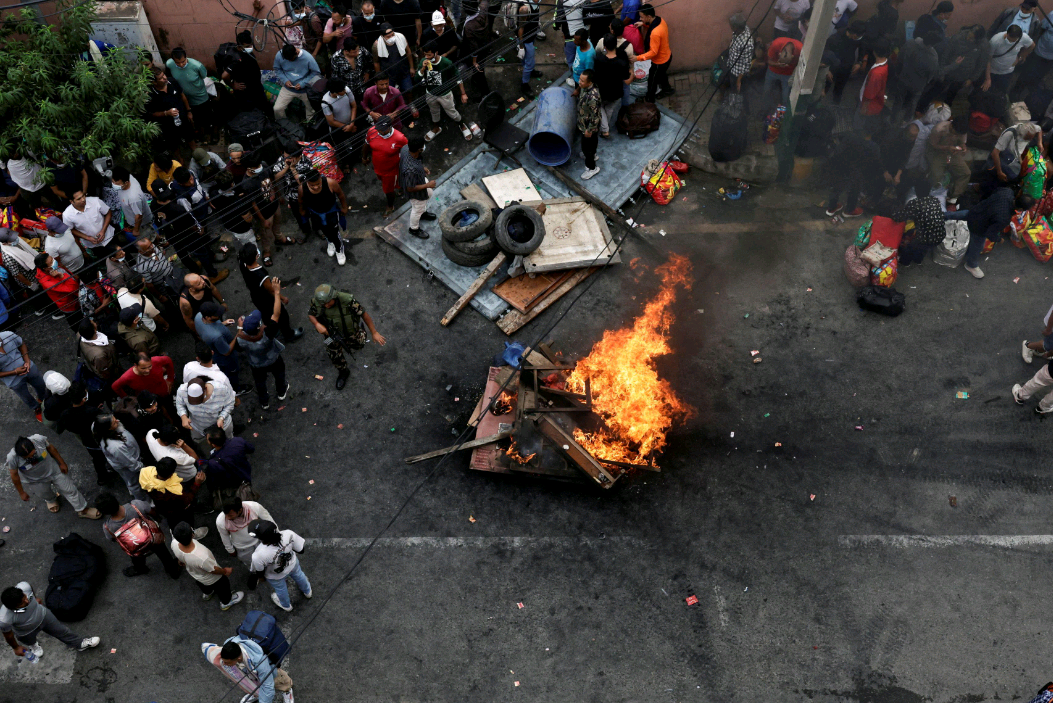
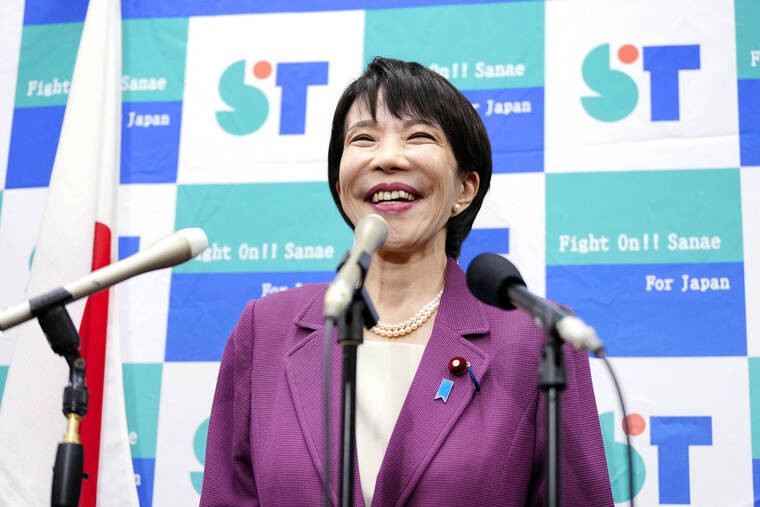

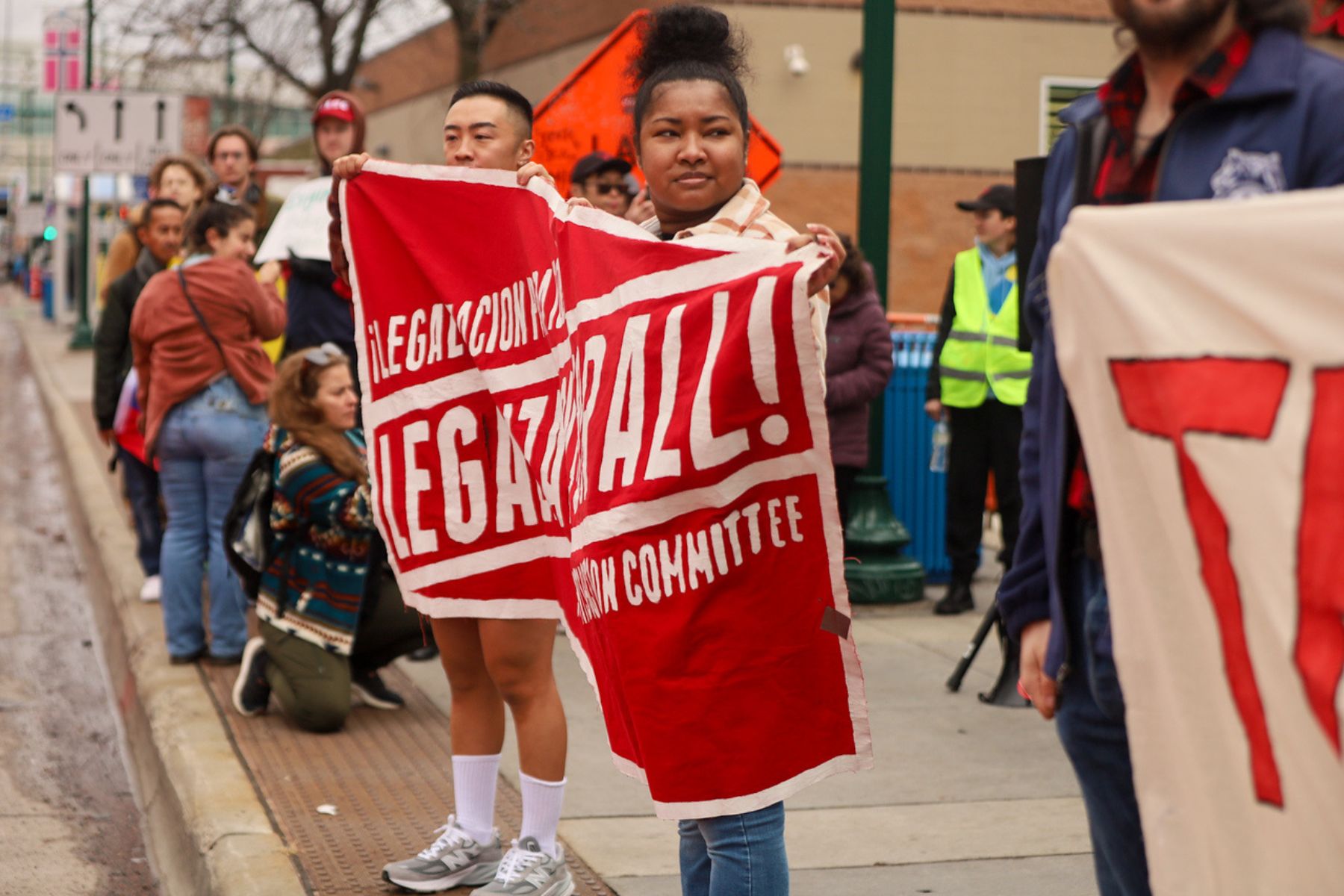
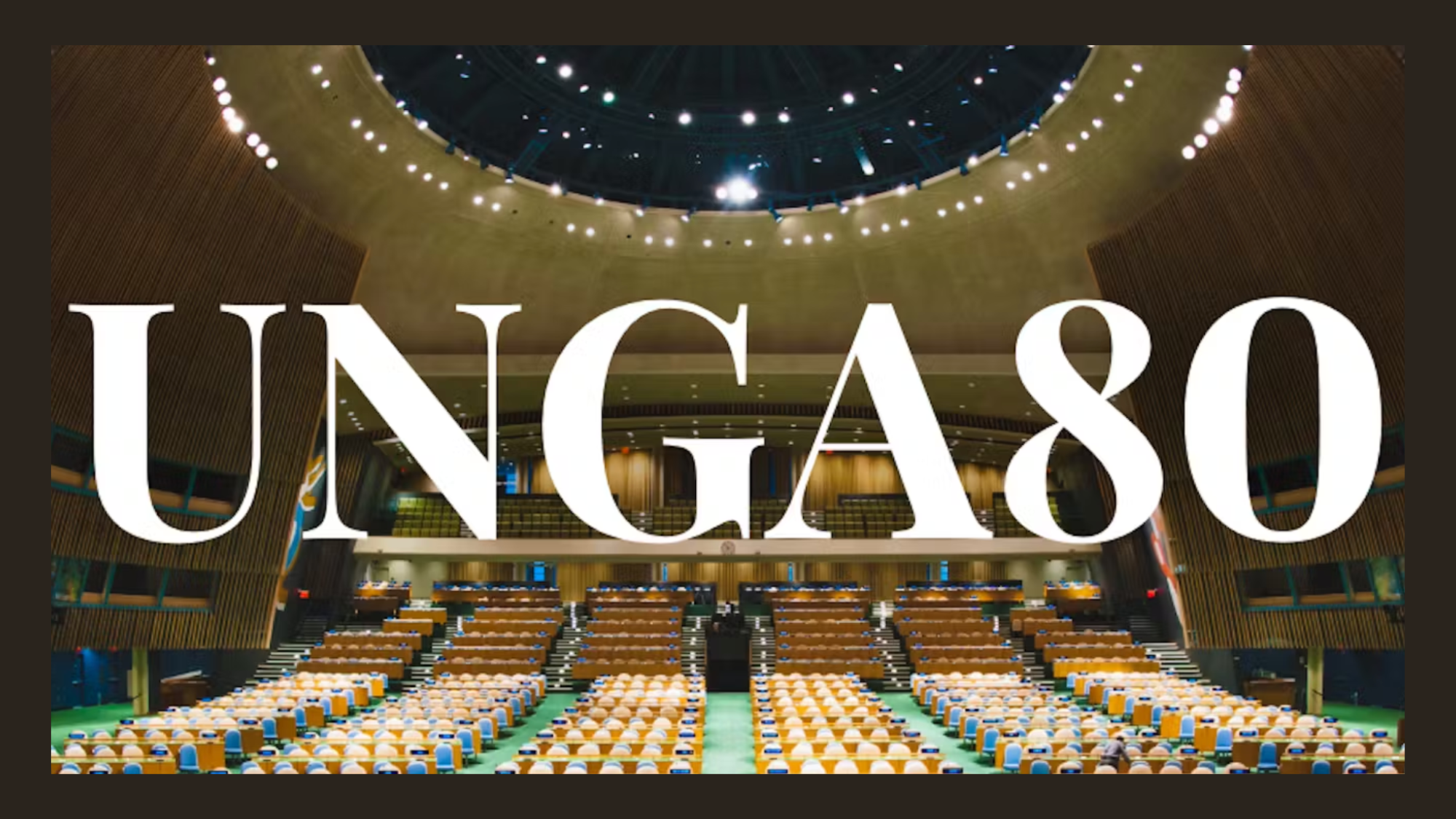



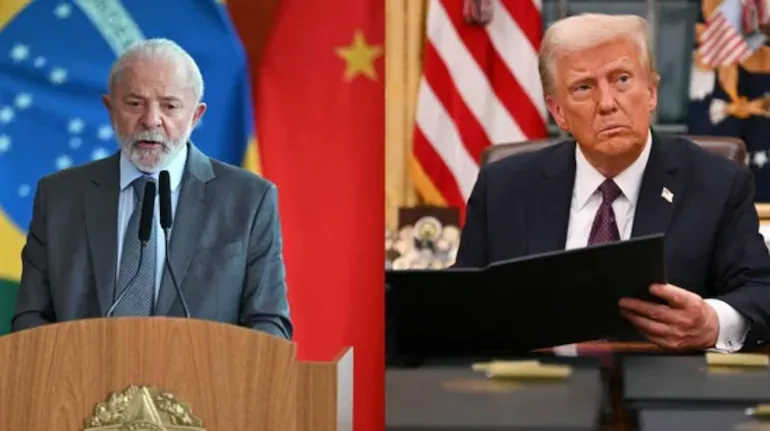

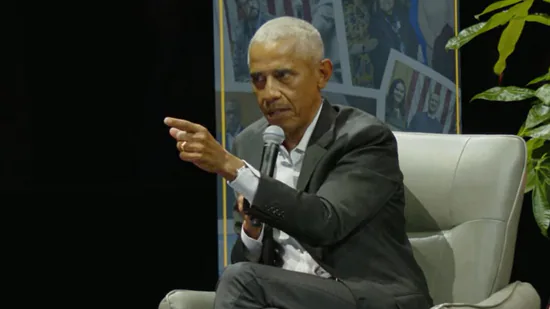


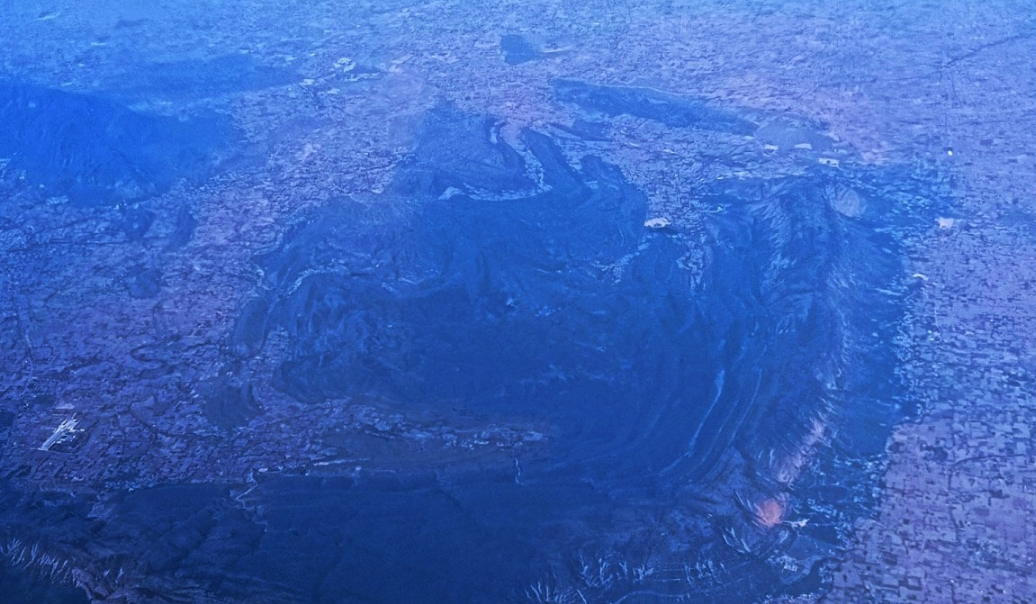
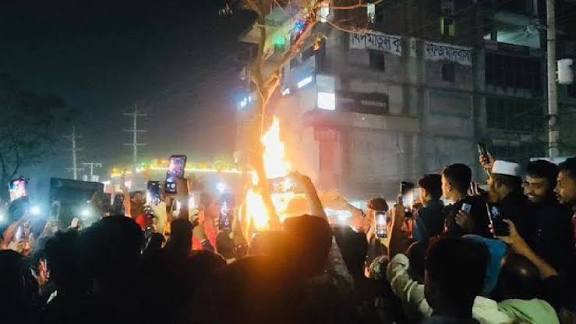
Leave a Reply